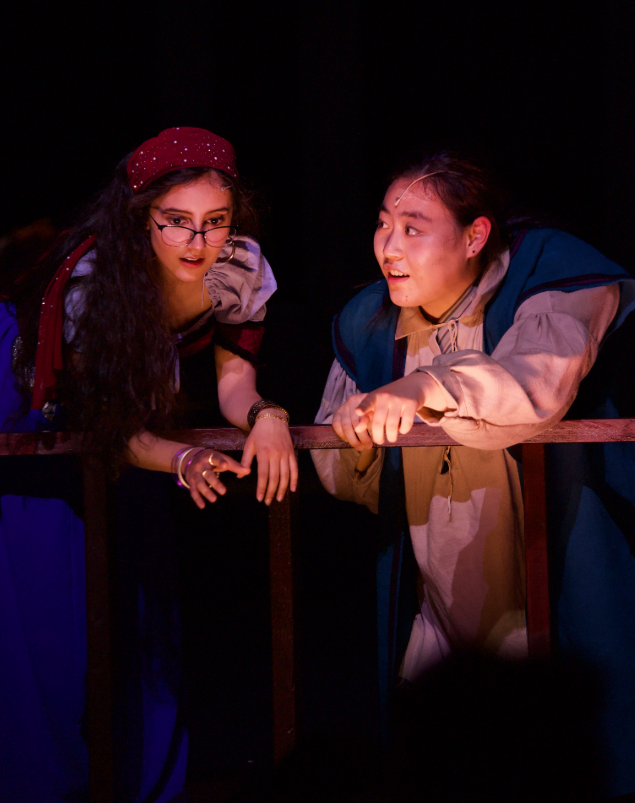By Sophia Pu | Production Chief

Imagine a world with rolling green fields, glowing, golden clouds, powerful, hybrid creatures, and spells that sparkle with the potential of producing joy and jinxes. Walking through a town with cobblestone streets and quaint cottages, it starts raining forebodingly and dramatic, suspenseful string instruments start playing. Something dreadful becomes clear- everyone is white.
That was how I felt scrolling through Netflix trying to find a good fantasy series to get into. There is a reason why “Harry Potter” and “The Lord of the Rings” have such large followings. For a few hours, audiences are transported to a beautifully different world. Rarely, however, do these films have a lead of color, much less a female lead of color, and God-forbid the lead is LGBTQ.
Any minority character is either the comic relief, the failed love interest, the token diversity splash of color, or all three. South Asians make up four percent of England’s population, yet Padma and Parvati Patil were the only South Asians in the whole “Harry Potter” series. Cho Chang, the only East Asian, was named after a Korean surname and a Chinese surname mushed together. J.K. Rowling might as well have named her Ching Chong Chinese character.
Latinos and indigenous peoples can basically forget about being included in any film with magic. There is very little variety in the ability and body shapes of characters, as most roles are played by able-bodied, skinny people. The exclusion of these groups is not realistic and promotes toxic beauty standards.
For young viewers, seeing themselves represented gives them pride in who they are and defines who they want to be. It exposes audiences to other perspectives, which fights internalized stereotypes and prejudices. Youth cannot be expected to believe they can do anything and be anyone if the main characters are always straight, able-bodied, skinny, and white. If anyone, it is minority groups who especially need escapism they can relate to.
Despite the overall lack of diversity in fantasy films, some series have made a noteworthy effort. The first that comes to mind is “Shadow and Bone,” a Netflix show based on Leigh Bardugo’s “Grisha Trilogy,” which features a female Asian lead and some Black and South Asian characters. Another example is “The Lord of the Rings: The Rings of Power” on Amazon Prime, a prequel to the “Lord of the Rings” trilogy. The series includes Black and ethnically ambiguous characters, which is a huge step up from practically zero racial diversity.
Disney has also been making efforts with their recent releases of “Encanto,” featuring a magical Colombian family, and “Raya and the Last Dragon,” showcasing southeast Asian magic.
Cartoon series especially excel at seamlessly incorporating different races, sexual orientations, gender identities, and body types. Some examples include “She-Ra and the Princesses of Power,” “Avatar: The Last Airbender,” “The Owl House,” and “The Dragon Prince.” These films do not feel like they are trying hard to be inclusive, they just are. As most of them are children’s shows, this representation normalizes and humanizes minority groups.
Of all genres of filmmaking, it should be easiest for fantasy to integrate minority groups. There should be no controversy over putting darker skin tones and same-sex relationships on screen in fictional worlds. There are dozens of books on afro-fantasy, indigenous magic, Latin American magical realism, and Asian folklore that need to be adapted into film. Every person deserves to see someone who looks and acts like them in the movies and shows they love.






